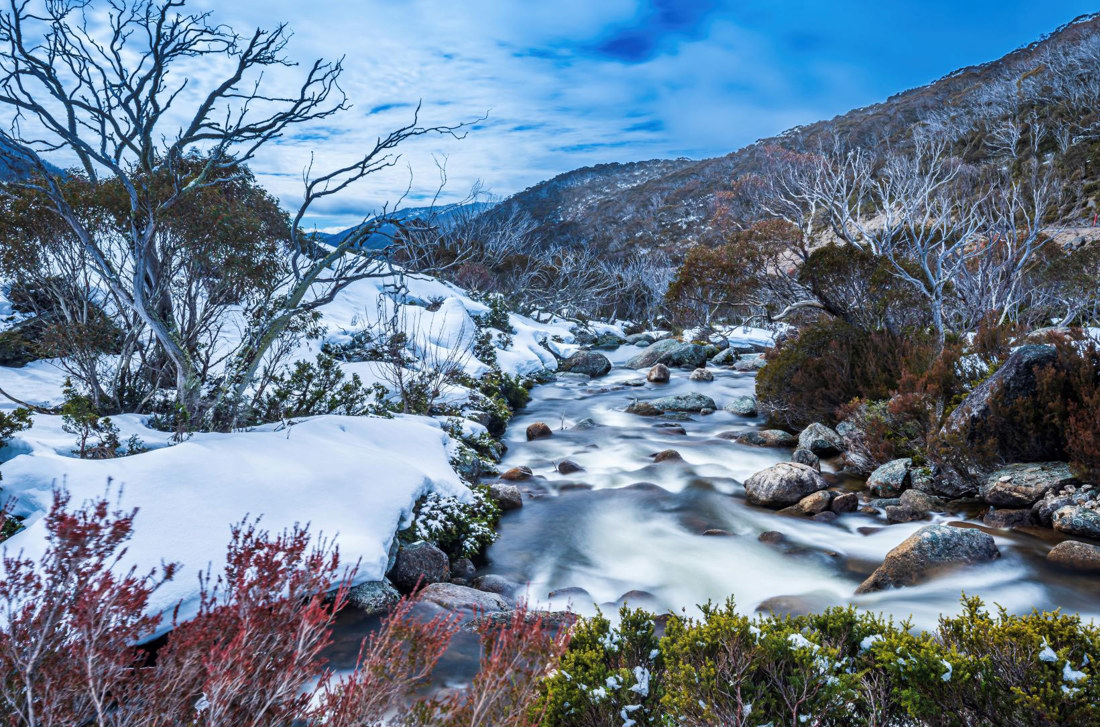Learn About the Regions That Regularly See Snow In Australia During the Colder Months
Learn About the Regions That Regularly See Snow In Australia During the Colder Months
Blog Article
Understanding the Significance of Snow in Australia for Farming and Tourism
While Australia is commonly associated with sun-kissed coastlines and arid wilderness, it likewise flaunts a wide range of snowy alpine regions. As we examine this unexpected intersection, the prospective effect of changing environment patterns on Australia's snowfall and its subsequent impacts become a compelling focus.

The Unexpected Snowfall: Australia's Alpine Regions
When winter cloaks the globe, Australia's Alpine regions wear a white mantle of snow, a phenomenon that seems almost paradoxical in this dominantly sun-baked land. The yearly snowfall, although not as bountiful as in some countries, is a vital element of Australia's environment variety and plays a considerable duty in the country's agricultural practices and tourism industry.
Wintertime's Bounty: Snow's Payment to Australia's Water Resources
Regardless of its rarity in the more comprehensive landscape of Australia, snow in the Alpine regions plays a vital role in the nation's water sources. Serving as a natural reservoir, the snowpack stores water throughout the cool months, slowly releasing it right into rivers and dams as it melts in warmer periods. This process makes certain a stable supply of water, helping in the stabilization of the nation's water cycle. This is specifically vital for Australia, a continent often plagued by dry spells. Furthermore, the snowmelt feeds into the Murray-Darling Container, a lifeline for many communities in the southeastern components of the nation. Without the bounty of winter snow, Australia's water resources would be considerably stressed, affecting both the populace and the environment.
White Covering, Green Area: The Impact of Snow on Australian Agriculture
Although much less noticeable, the influence of snow on Australian agriculture is significant. Snowfall in the high country functions as an all-natural form of watering, gradually melting and supplying a stable water system to lower-lying farmland. This water-rich environment promotes the development of durable plants, adding to the country's agricultural performance. In addition, snowfall improves dirt health and wellness by presenting moisture and trapping nutrients, which are slowly launched as the snow melts. This process improves the soil, fostering the growth of much healthier, extra durable crops. Furthermore, snow cover works as a safety covering, protecting the ground versus serious winter months temperature levels that can or else damage crops. Thus, the function of snow in Australian agriculture is both diverse and crucial.

Cold Cash: Snow Tourism and Its Economic Value in Australia
While the value of snow to Australian farming is often undervalued, its contribution to the country's tourist industry is without a doubt substantial. The snow-laden heights of Australia's alpine regions bring in a flurry of travelers every winter, adding millions to the national economy. These site visitors partake in a variety of snow-based tasks, from snowboarding and snowboarding to snowshoeing and sledging. The growing snow tourist industry has brought about the production of various jobs, web from ski trainers to resort team, bolstering neighborhood economic climates while doing so. The revenue produced from snow tourism helps fund various framework tasks and necessary services in these areas. Therefore, the financial value of snow tourism in Australia extends much past the inclines.
Future Projection: Climate Modification and Its Possible Impacts on Australia's Snowfall
As the globe faces the truth of environment change, so also needs to Australia contemplate its potential effects on the nation's snowfall. Present clinical versions forecast a decrease in Australian snowfall, with possibly serious influence on both farming and tourism. In some areas, the snow season might be reduced by as much as 80 days by 2050. Such changes endanger the stability of Australia's ski market, which adds dramatically to the neighborhood economic climate. Likewise, much less snowfall could also influence the country's agricultural industry, as snowmelt plays an essential function in sprinkling crops. The potential impacts of these adjustments underscore the necessity of environment adjustment mitigation efforts, both in Australia and around the world.
Verdict
In final thought, snow is a critical component of Australia's agricultural and tourist markets. The impending threat of climate change elevates worries concerning the future of Australia's snowfall patterns, possibly interrupting these significant economic sectors.

When winter season cloaks the globe, Australia's Alpine find out regions don a white mantle of snow, a phenomenon that seems virtually paradoxical in this dominantly sun-baked land.In spite of its rarity in the wider landscape of Australia, snow in the Alpine regions plays a crucial duty in the country's water resources. Without the bounty of winter snow, Australia's water resources would certainly be considerably strained, impacting both the environment and the populace.
Thus, the a fantastic read economic significance of snow tourist in Australia extends much beyond the slopes.
In verdict, snow is a crucial element of Australia's agricultural and tourist markets. Does Australia Get Snow.
Report this page